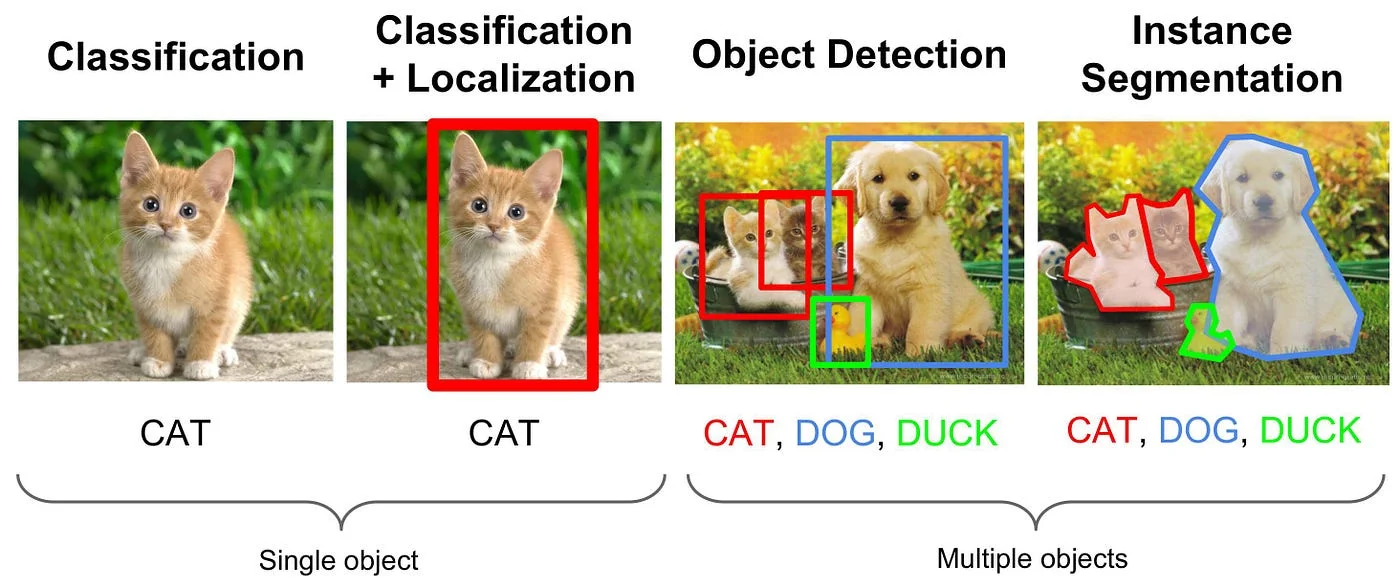In the realm of computer vision, image classification plays a pivotal role as an annotation service, enabling artificial intelligence algorithms to discern and categorize visual data accurately.
The roots of image classification can be traced back to the 1960s when researchers at MIT began experimenting with pattern recognition algorithms to classify handwritten digits. Notably, the development of convolutional neural networks (CNNs) in the 1980s paved the way for significant advancements in image classification.
Advantages of Image Classification:
Image classification offers a plethora of advantages, such as automating data labeling, improving object recognition in images, and enhancing the overall efficiency of computer vision systems. By training AI models on labeled datasets, image classification enables them to generalize patterns and make intelligent predictions.
Drawbacks and Challenges:
Despite its effectiveness, image classification comes with its set of challenges. One primary concern is the need for large labeled datasets, which can be time-consuming and resource-intensive to create. Additionally, the accuracy of image classification models heavily depends on the quality and diversity of the training data.
Industries Embracing Image Classification:
Various industries have harnessed the potential of image classification to revolutionize their operations. Healthcare leverages this technology for medical image analysis and disease diagnosis. E-commerce giants employ image classification to recommend personalized products to customers, while automotive companies implement it for autonomous driving applications.
Real-World Applications:
Prominent real-world applications include Google's image search, where image classification enables accurate search results based on visual content. Facebook utilizes image classification to identify and tag people in photos automatically. Additionally, NASA leverages this technology to classify and analyze vast amounts of satellite imagery.
In conclusion, image classification has come a long way since its inception, powering cutting-edge applications across various industries. While it presents challenges, its versatility and impact on computer vision are undeniable. As technology advances and datasets grow, the future of image classification remains promising, continually reshaping how we perceive and interact with visual data.
Discover the potential of image classification with InfoScribe's comprehensive annotation services :
https://infoscribe.ai/en/
 APPOINTMENT
APPOINTMENT
